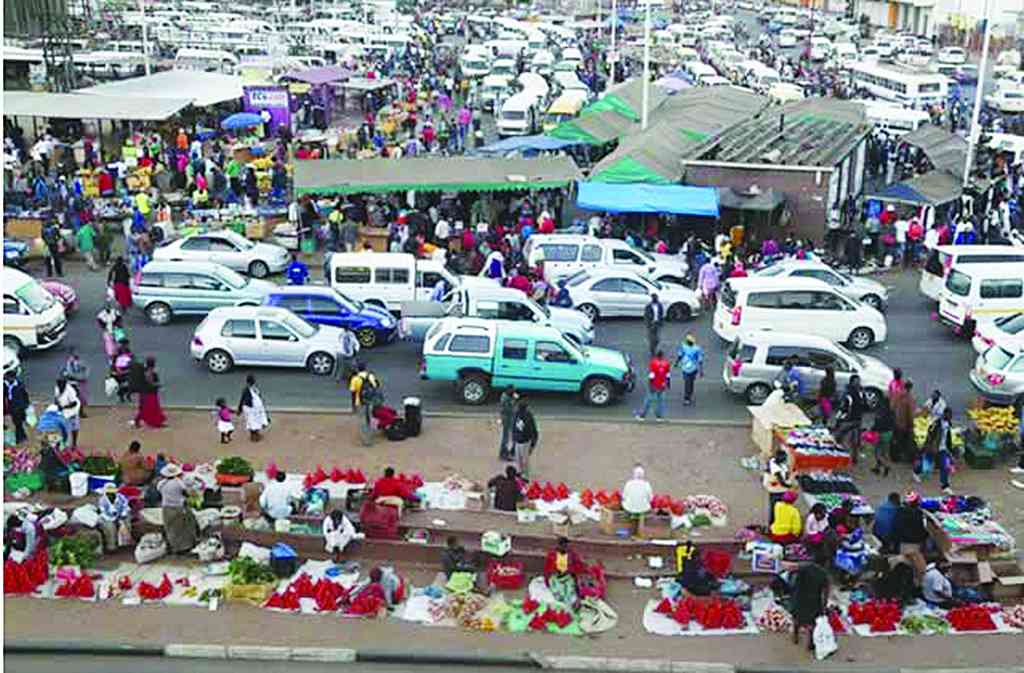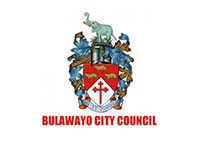
AFRICAN public transport systems such as long-distance buses can be the best way of appreciating components of an African food basket as well as different pathways through which African food moves from production areas to consumption zones.
For instance, food that moves from rural areas to urban markets on long-distance buses tends to have diverse destinations. Some of the food goes directly to big mass markets in the city while some are transported from farming areas to local business centres until it gets to nearest towns. Long-distance buses also carry food from big cities to small cities all the way to rural households.
Ways to track the fluid movement of foodSince the movement of food is often very fluid, it can be tracked through several ways. One way is conducting household surveys, but these may be too complicated and may not give a visual picture unless the data is processed. A much cheaper and quicker method is through observing the food in transit including food which is found in different spaces like bus terminuses on the way from cities to rural areas or production zones as well as from these areas back to cities. By looking at food that is bought or traded by travellers, it is possible to see which commodities are part of food baskets in different communities and regions.
Research through participatory travellingExamining food that is traded in public spaces like bus terminuses and rural business centres can show the composition of the local food basket. Such assessments can be done through participatory research where the researcher becomes part of the commuters using public long-distance buses travelling from cities to production areas and back. In addition to observing food in transit, the researcher can talk to consumers and traders on the bus. The researcher can also see the types of food commodities sold to travelling consumers as well as food purchases and consumption by age and gender. For example, who is buying biscuits? Who is buying indigenous fruits?
Along the way, the researcher can also observe consumption patterns at different bus stations. Among sampled consumers on the bus, the researcher can notice where the consumers got off the bus, inferring that those consuming fast foods were travelling from one city to the other. Changes in the composition of the food items can also be noticed as the bus gets to a new province, district or country.
This can reveal the extent to which commodities being traded define a particular production area’s food basket. For instance, if green mealies can be seen at the next local business centre, that could define the local food system including the presence of local irrigation schemes.
It is also possible for the researcher to see food commodities brought on the bus by new passengers as well as commodities that dominate at stations where the bus stops for much longer. What people buy as the bus moves towards production areas can also be visible.
New passengers may bring baskets of fresh food or fish onto the bus and that says something about food. As part of interaction, the researcher can ask food vendors why they are selling a certain foodstuff and not the other — why are you selling biscuits and not boiled sweet potatoes? The interaction can also extend to consumers — I see you are buying roasted green mealies and cooked groundnuts while others are buying biscuits and meat pies — what informs your decisions?
Food as characterised by distribution and consumptionBesides defining the lengths of supply chains, this kind of research method shows how distribution and consumption patterns characterise food baskets. If one commodity is only traded in one city but not found in other cities, it may imply that type of food has pulled out of the fluid distribution system. The researcher should search for reasons why that is the case. The analysis can be broken down by age and gender — showing how these mobile markets are a huge source of employment.
The same applies to mass markets — no one is tracking how much mobile markets are contributing to local income, employment and resilience. Being a moving market, public transport generates a lot of knowledge on where and when to find commodities such as yams, watermelon, indigenous chickens and many others.
Fluid research frameworkIt has become very clear that public transport is one of the growth centres across Africa. Long-distance buses constitute a mobile market which supports various value chains. However, there has never been thorough assessments of how long-distance travellers contribute to people’s lives. African policymakers will be enlightened by finding out the extent to which travellers support national food systems.
The research method described here can be used as a rapid assessment in developing a research framework through interactive public travelling which can be further deepened. Besides being a framework for rural to urban as well as urban to rural food assessment, the exercise also provides pathways for mapping the context of African food baskets.










